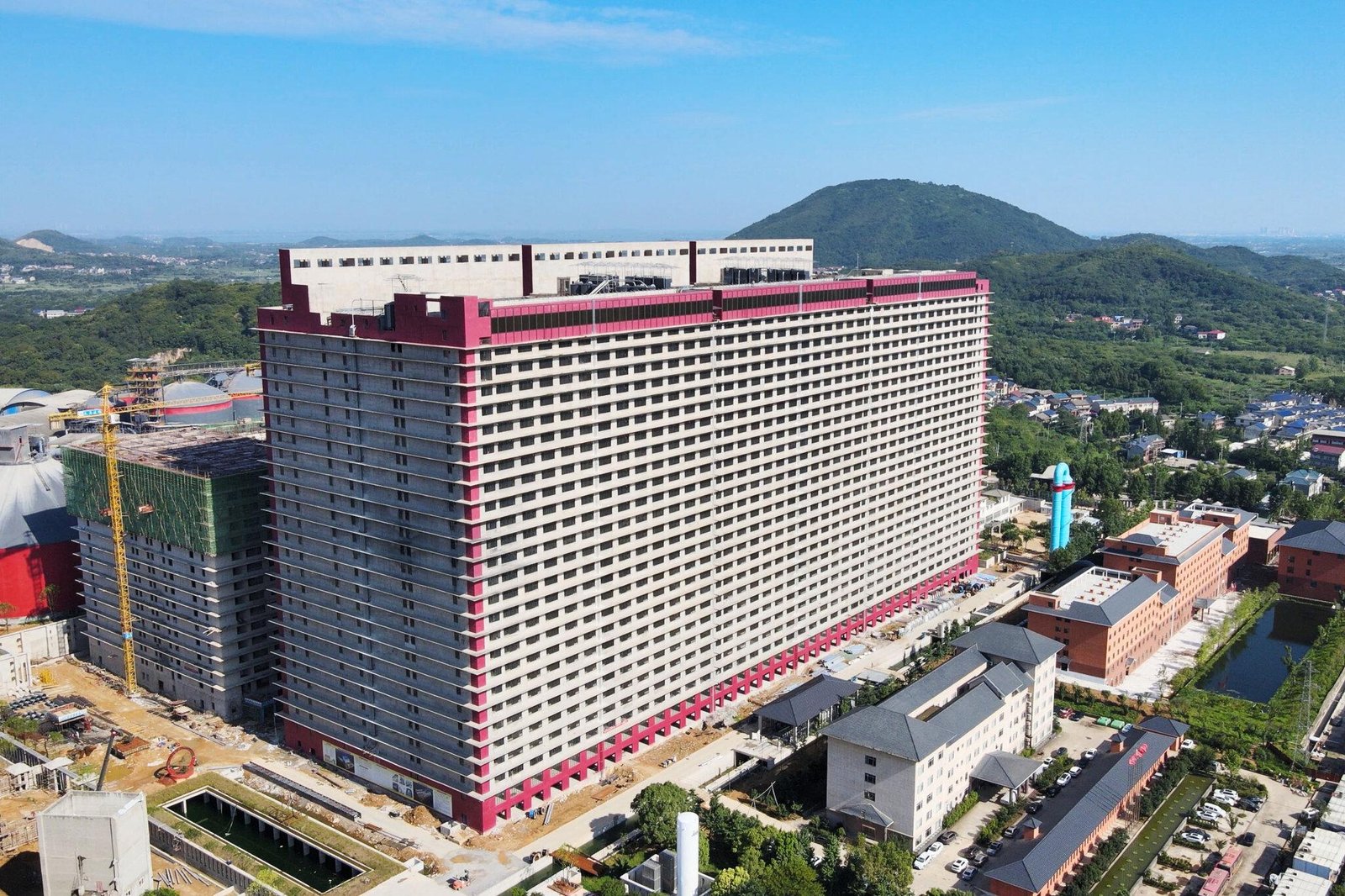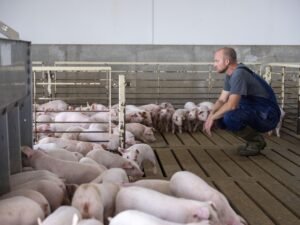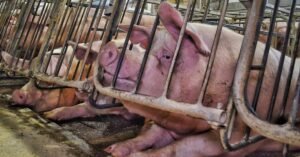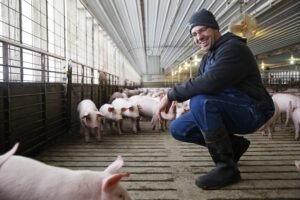Muyuan Foods, a titan within China’s agri-industrial tapestry, is mulling a secondary listing in Hong Kong worth at least US$1 billion. This maneuver comes amid shifting tides in the pork industry and signals not only financial ambition but also Muyuan’s intricate realization that global capital flows carve out new growth possibilities. The endeavor to list shares – as yet not finalized – unfolds against a market backdrop as unpredictable as mid-autumn rainfall.
Operating out of Henan province since 1992, Muyuan’s journey from modest beginnings to becoming one of the globe’s most significant pork producers is woven with both agricultural innovation and well-calculated expansion strategies. Its founders Qin Yinglin and Qian Ying have amassed an estimated fortune of $15 billion along this adventure. Anyone peering into China’s ever-evolving livestock landscape will have noticed how pivoting swiftly, often around bureaucratic levers or novel scientific protocols—such as biosecure farming—is nothing outlandish for Muyuan.
Although listed primarily in Shenzhen since 2014 (where its present market capitalization hovers around $28 billion or so), recent months have introduced volatility: company shares witnessed a swift decline of roughly three percent year-to-date, compounding losses from earlier quarters despite stable gains elsewhere on the Shenzhen Composite Index. Observers might point out that such swings are almost expected when margins remain tethered closely to both consumer demand fluctuations and acute supply imbalances—a phenomenon visible after China returned from African swine fever disruptions only to confront overproduction bottlenecks and faltering meat appetites this year.
By contemplating a secondary offering in Hong Kong—on top of its existing home-market status—Muyuan demonstrates no mere appetite for international cash flow; instead, it aims to sew itself deeper into the weave of cross-border finance while courting engagement with overseas investors fixated on food security themes. The choice also unlocks H-share opportunities: several mainland Chinese enterprises lately found greater liquidity pools outside their domestic bourses once they listed overseas—even more so when regulatory climates strain unpredictably.
With plans still subject to regulatory review (and likely tweaks by involved banks), specifics about share volume or precise scheduling deviously elude confirmation today; some say an announcement could surface imminently if processes accelerate. For perspective: In 2024 alone, Muyuan sold upwards of 71 million pigs and processed over twelve million in-house—a testament to scale more commonly associated with multinational oil conglomerates than farmyard businesses.
In financial spheres where due diligence sometimes takes precedence over gut sentimentality, prospective investors may parse profit numbers carefully—the net profit rebound last year stood at RMB17.9 billion (about US$2.5 billion) compared with a staggering loss preceding it by just one cycle—a critical aspect underpinning renewed optimism along capital corridors. Yet even these substantial returns remain at the mercy of input costs determined less by feed prices than broader macroeconomic ripples.
It isn’t every day you watch momentum shift this drastically across agricultural indexes because usually swine prices move like autumn leaves caught between breezes rather than cyclones wiping clean old assumptions overnight. Curiously enough though—and perhaps evidencing an unpolished draft—the upside might pale next quarter if local municipal constraints throttle expansion capacity just as foreign interest peaks; sometimes markets react obliquely when too many hands reach for similar apples all at once.
Not all institutional memories stretch back far enough in agriculture circles—but seasoned analysts remember prior cycles where “selling like hotcakes” occasionally turned abruptly into gluts nobody wished for. This time though—with export potential dazzling before foreign institutional funds whose appetite pivots quarterly—the calculus feels tangled yet promisingly uncertain.
Of interest also is how company culture weaves through corporate announcements like thread through silk: their commitment remains steadfast toward what executives term “safe pork,” emphasizing internal verticalization—not simply because efficiency scales up but due largely to traceability concerns increasingly prized abroad.
Amid event-driven investing patterns characterizing much Asian equity enthusiasm lately (“strike while the iron is tepid,” some wryly quip), even subtle shifts can spell opportunity—or risk—for portfolio managers prepared not solely by spreadsheets but instinct honed across less predictable cycles before smartphones spoon-fed alerts every second tick. Regulatory details notwithstanding—a factor often overlooked until last moment paperwork emerges—Muyuan’s efforts appear shaped as much by pragmatism as vision-marketing rhetoric cannot quite obscure operational resilience stitched into every earnings report these past seasons.
Hong Kong may set another table now inviting deep-pocketed diners seeking protein stories beyond Silicon Valley valuations; still waters run deep but tides unexpectedly shift across old harbors faster than figures appear refreshed online screens during sunset hours trading rooms always find memorable enough for nostalgia later recounted ironically over tea made stronger than necessary.






